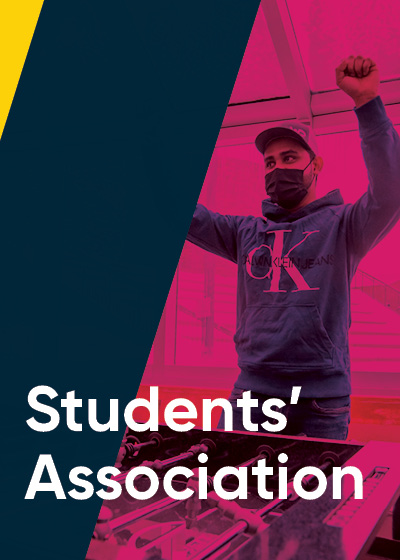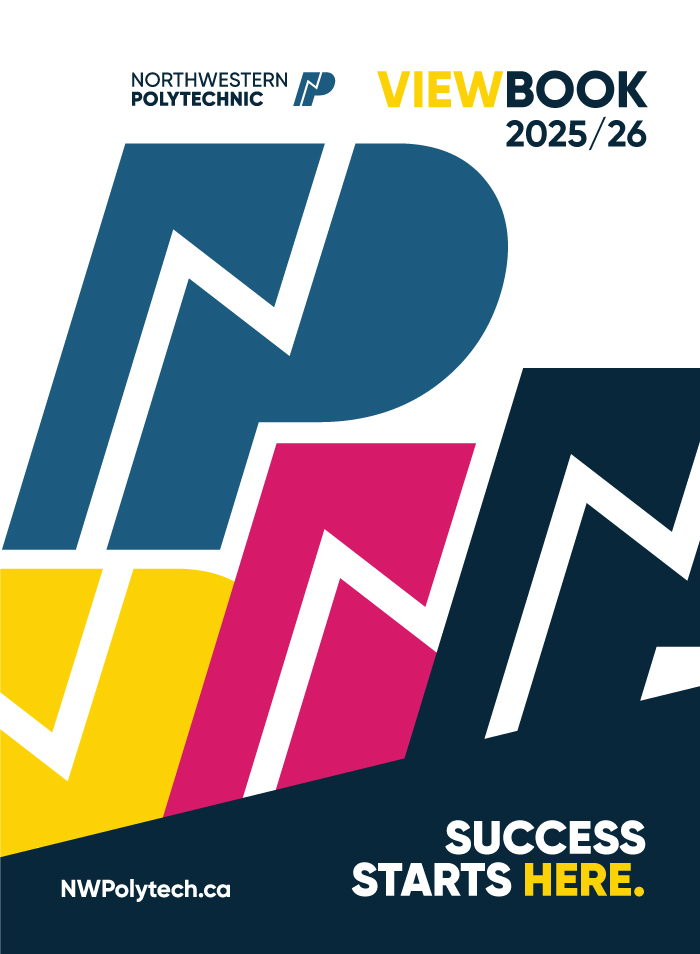News Archives: GPRC's Dr. Shawn Pinchbeck Merges Music with Scholarship
Monday, January 8th, 2018
.jpg&w=380)
When GPRC’s Dr. Shawn Pinchbeck isn’t busy managing the College’s state-of-the-art recording studio, he’s “pushing the envelope” with a range of experimental musical compositions and technology development projects.
“It used to be called musique concrète at one time. Now they call it acousmatic music,” he said of his preferred musical style. Pinchbeck’s compositions involve removing sounds from their original source and putting them together in new ways.
Even the most ordinary "noise" can be transformed into an engrossing soundscape on Pinchbeck’s control board, where the sounds of vehicle traffic, running water, and buzzing insects can all rise above their mundane origins and become part of a stunning piece of art.
Pinchbeck is also a self-described technology buff. He spends much of his time developing new music software and enhancing existing ones, often drawing inspiration from unlikely places. His doctoral thesis in musical composition involved tracking dancers’ movements using video-sensor technology similar to that which powers self-driving cars. He’s also created a number of gallery exhibits, such as the piece currently showing at the Arts Common in Calgary.
“It’s a multi-channel sound piece in a long hallway,” he explained. “You walk through the hallway and you can hear soundscapes being created.”
He added that many of his installations are interactive. “I do installations where you walk into the space and move around and it generates sound from your movements.”
His work has given him a vibrant international career and earned him a number of impressive accolades. Pinchbeck has performed live shows across Canada and Europe; he’s lectured at universities in Estonia, Finland, and Latvia; and he frequently travels to conferences and workshops around the world to develop his musical chops.
Most recently, in early 2017, Pinchbeck attended an interactive workshop in Berlin. The Berlin workshop opened Pinchbeck’s eyes to how fine the line that separates the audial and the visual can be. Sound, he learned, can be constructed visually, and visuals can be turned into sound.
“I learned a whole bunch of new programming for working with video and the mapping of sound onto 3D objects,” he said.
Pinchbeck’s innovative work blurs the line between art and science, but he does not hesitate to refer to it as research. Often, the term “research” is seen as belonging only to the sciences and is rarely used when discussing scholarship in the fine arts, a trend that Pinchbeck believes we should work to change.
“I think even just composing [music] is research to some extent,” said Pinchbeck. “Any time you are making something new and developing ideas in a new direction, that could be considered research.”
Listen to some of Shawn’s work:
https://www.youtube.com/watch?v=Mwcnh1hsgbA
https://www.youtube.com/watch?v=gjw2-AUqP08












